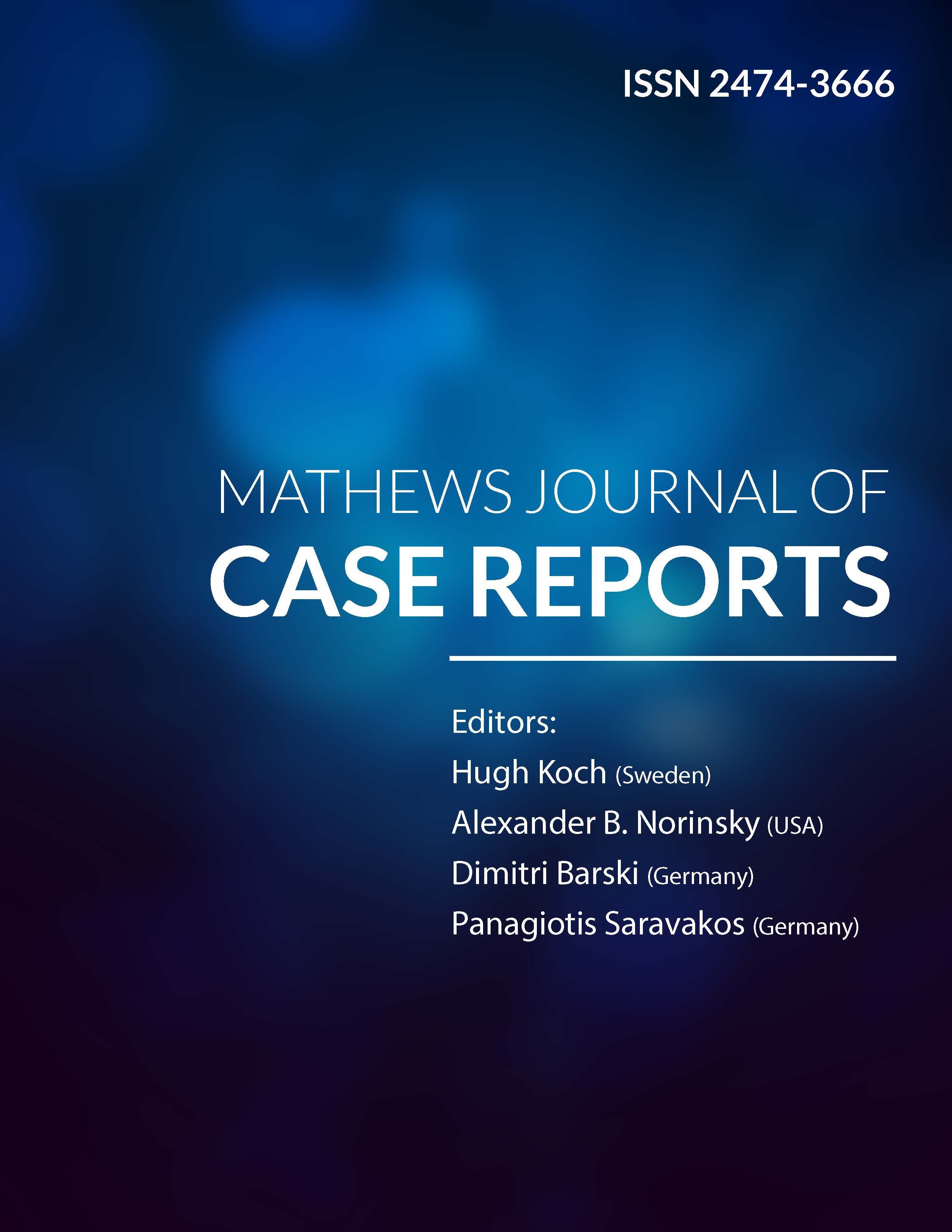
Information Links
Previous Issues Volume 4, Issue 3 - 2019
Late Bacterial Endocarditis after Amplatzer Atrial Septal Occluder Without Residual Shunt in a Pediatric Patient
Gabrielle Plante, Christine Boutin, Nagib Dahdah
Faculty, Department of Pediatrics, Division of Pediatric Cardiology, CHU Ste-Justine, University of Montreal, Canada
Received: July 15, 2019
Published: July 30, 2019
*Correspondence Author: Nagib Dahdah, MD, FRCPC, FACC, Division of Pediatric Cardiology, CHU Sainte-Justine, 3175, Côte Sainte-Catherine. Montréal, Qc, H3T 1C5, Canada.
Copyright © 2019 Dahdah N.
Citation: Dahdah N. (2019). Late Bacterial Endocarditis after Amplatzer Atrial Septal Occluder Without Residual Shunt in a Pediatric Patient. Mathews J Case Rep 4(3): 54
ABSTRACT
In the pediatric population, the risk of developing an infectious endocarditis following the percutaneous closure of an atrial septal defect (ASD) is extremely rare. We report the case of a 10-year-old child who developed an infectious endocarditis nineteen months after closure with an Amplatzer septal occluder without residual shunt. The patient was treated with triple antibiotic regimen successfully, avoiding device removal. Trans-esophageal color Doppler suggested lack of endothelialization of the device, the most commonly described finding on extracted devices following an infective endocarditis. Proper assessment of the endothelialization process of septal occlusion devices is needed for individualized endocrditis prophylaxis.